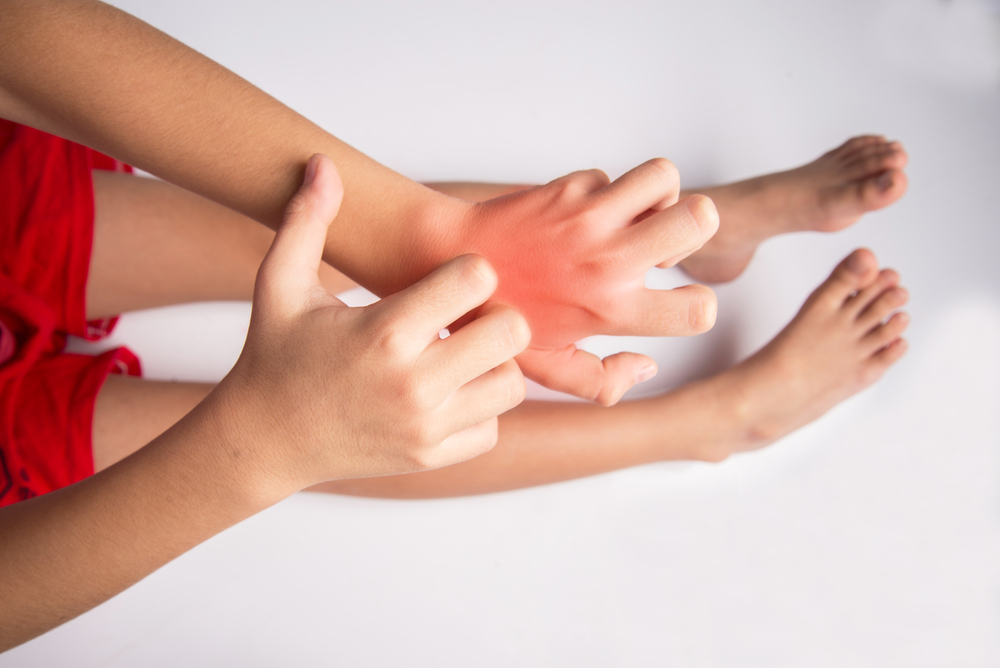Sweat rash or medically known as candidal intertrigo or intertrigo, is the inflammation of the skin due to the infection of candida yeast and bacteria. It commonly appears on areas where sweat can be trapped and accumulated such as the underarm, on the back of the knees, under the breasts, in the groin area, between abdominal skin folds and in the spaces between the fingers and toes. Humidity, friction and lack of ventilation on these areas may cause the Candida to multiply.
This condition is more common on people who are:
- Overweight
- Have diabetes
- Have HIV or are confined to bed for a long period of time
- Have sweaty session at the gym
This skin reaction towards fungal infection is so common that daily activities like running for the bus can trigger this to happen. It can result to uneasiness and embarrassment. However, proper treatment can quickly clear it up.


